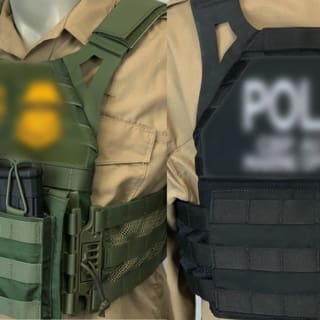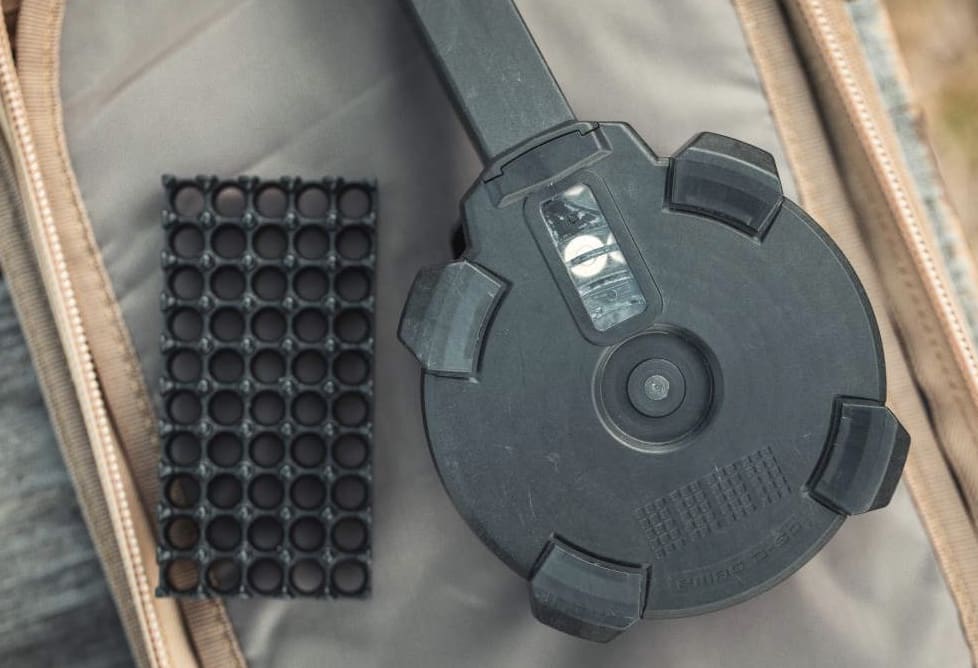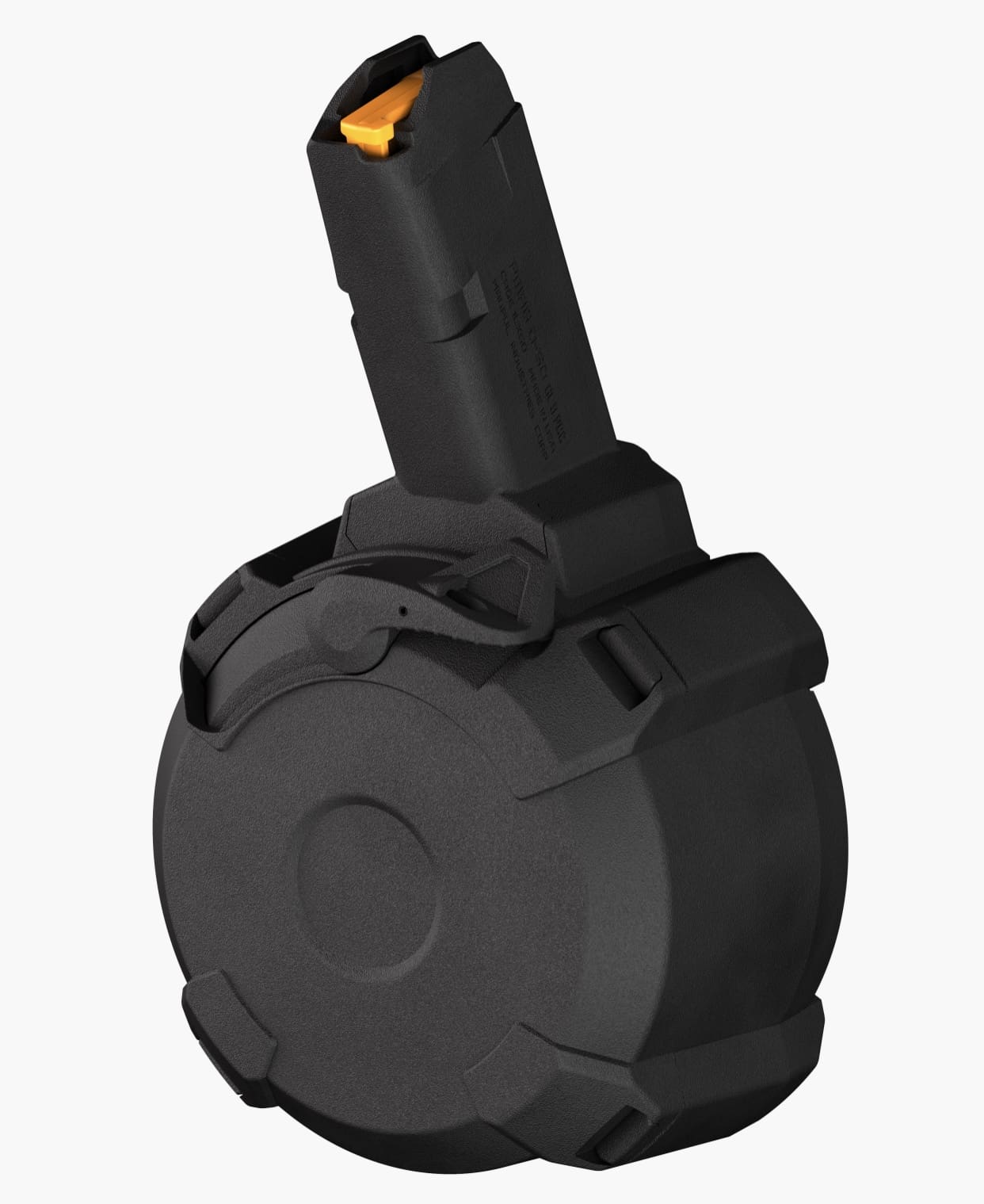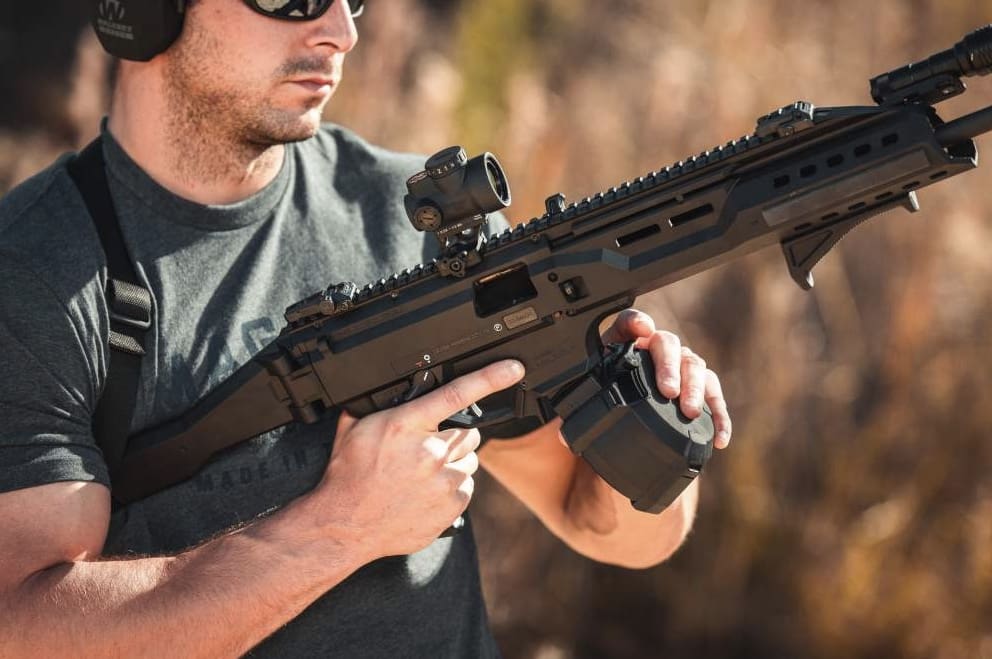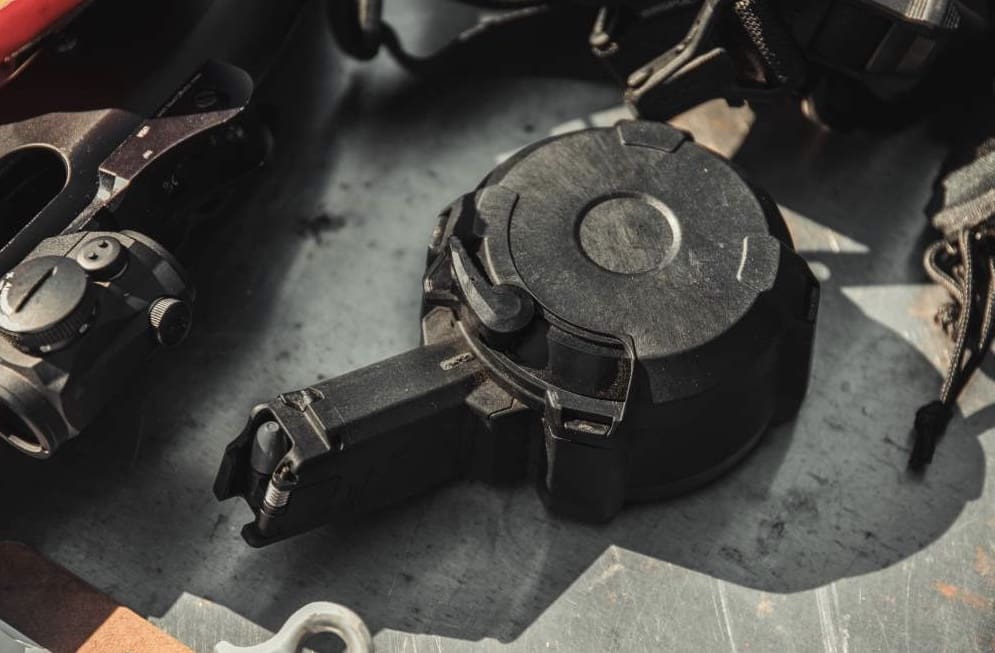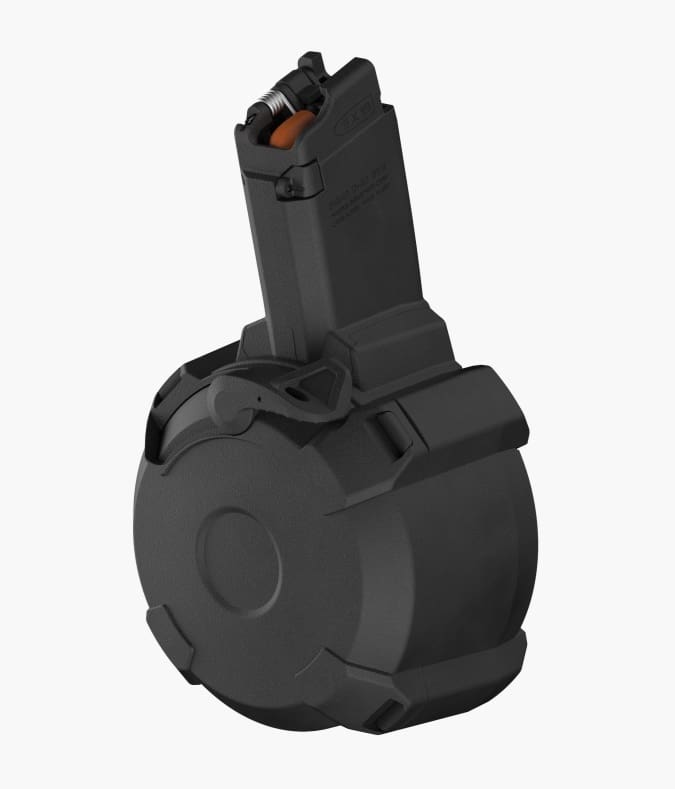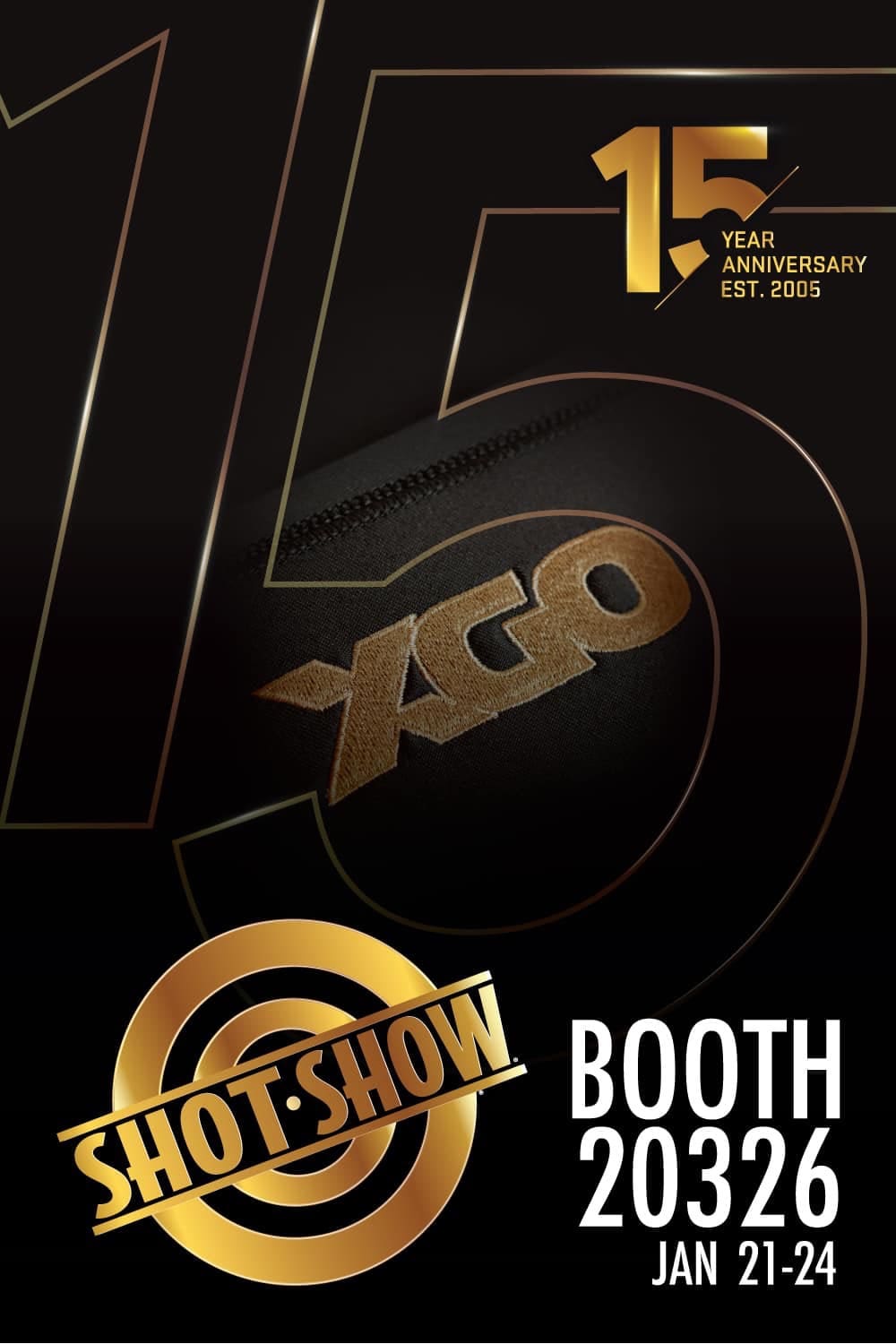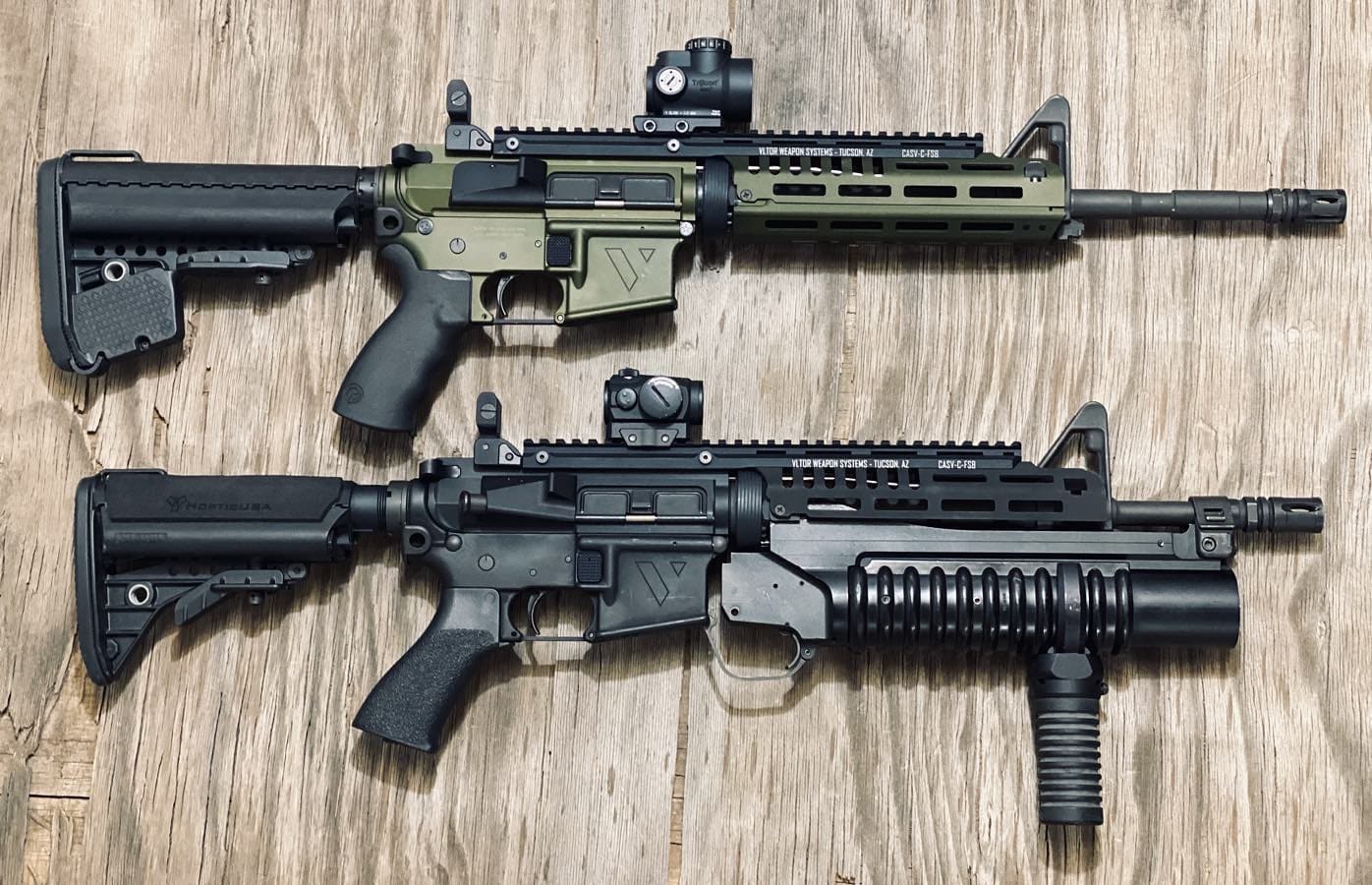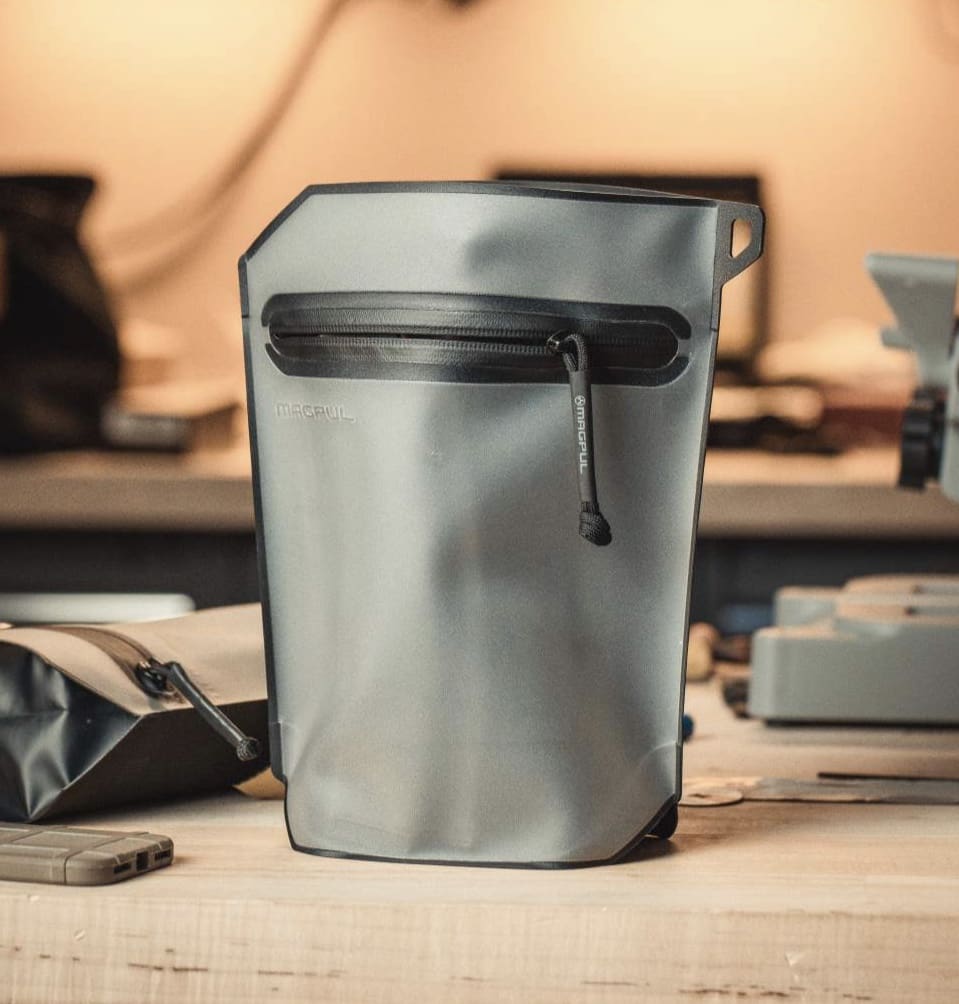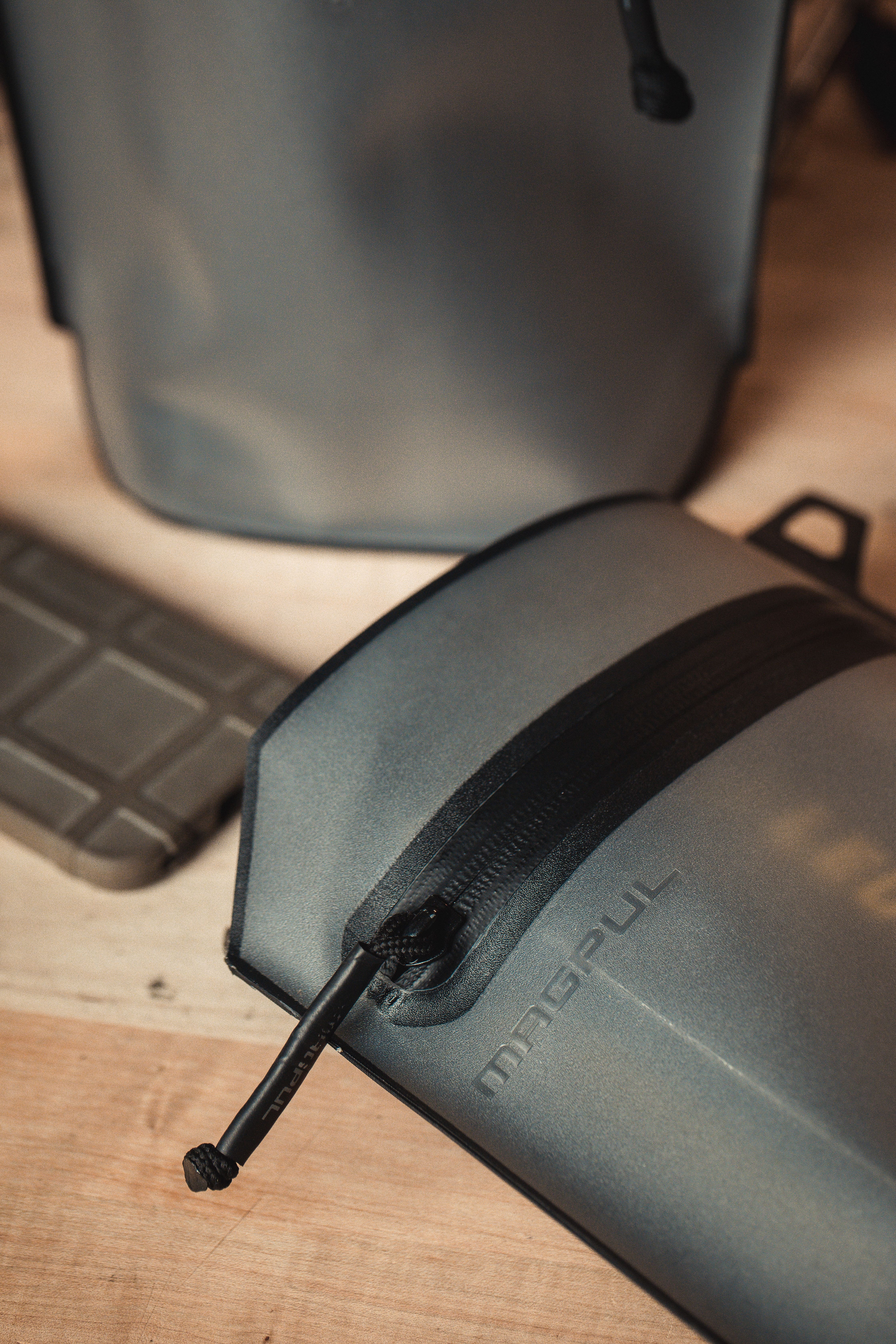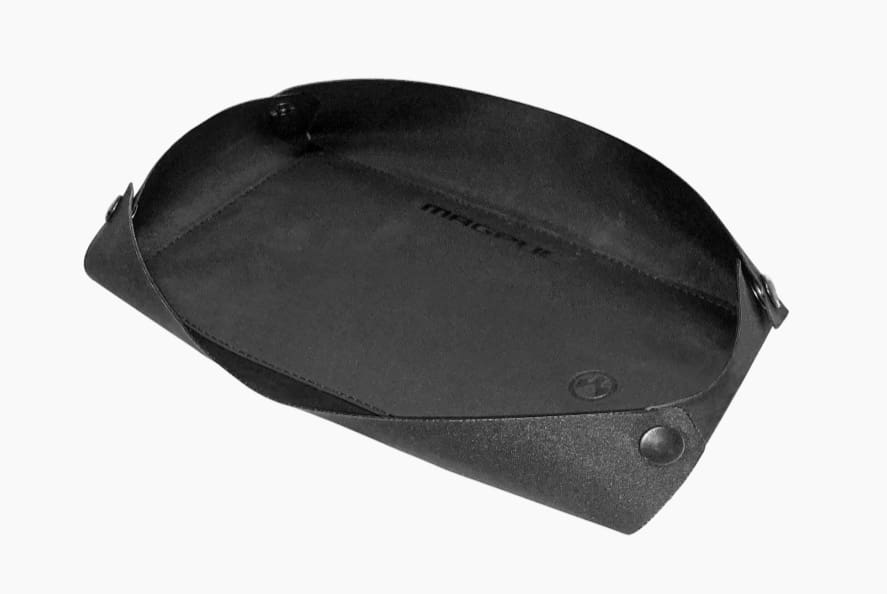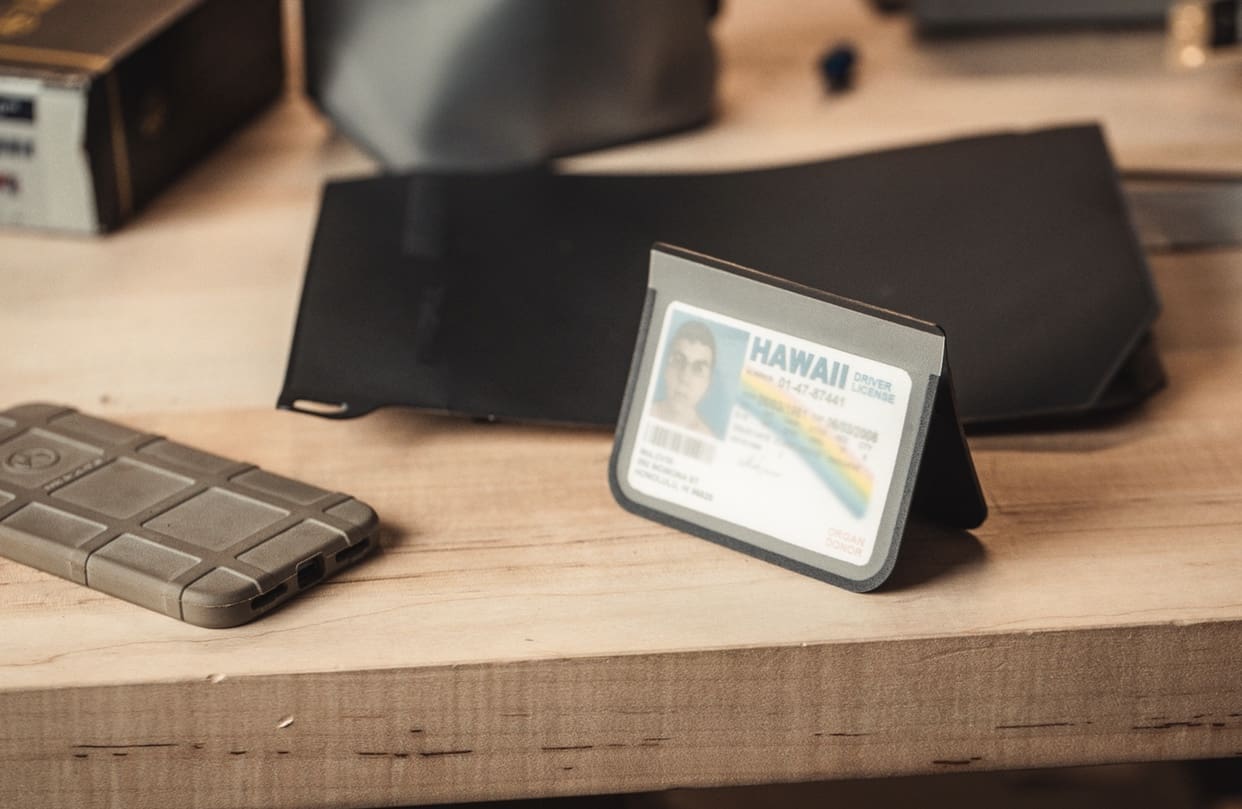FrogLube Kits have gone Tubular
FrogLube Kit line-up is All New for 2020
Packaging and utility now built in with new tubular kit packaging. Kits are now packaged in a 2-piece, durable high density plastic tube that will retain both your FrogLube cleaners and lubricants along with specific cleaning tool arrangements. The new packaging is now environmentally friendly because the plastic kit tube is now retained instead of disposed. If the kit is damaged and unserviceable, it is made from 100% recyclable ingredients.
The new tube kits form the backbone of FrogLube’s kit line-up, now featuring a Basic Gun Cleaning Kit, a Pistol Cleaning Kit “multi-cal” and a Universal Cleaning Kit. Each shares the following benefits;
– Slim tube profile fits easily into gun bags and backpacks
– Reusable package, 100% recyclable.
– Tamper proof
– Leak proof
– Durable case
– Refreshed labeling


Basic Kit. (p/n 15207) This kit has the 2-part cleaning and lubricating system. It comes with the standard 2-end cleaning brush and .5 oz spray bottles of FrogLube cleaning and degreasing solvent and Extreme gun lubricant.


Pistol Kit. (p/n 15257) This kit has been completely redesigned for 2020. The kit now comes with the 2-part cleaning and lubricating sprays for complete pistol care. It also comes with a 2-end brush, 5” brass rod with handle, 9mm, .38cal, 357cal, and .45 cal bronze brushes, 9mm and .38cal, 357cal, .45 cal swab its bore tips and a microfiber towel. This kit is the complete kit for field and bench use.


Universal Gun Cleaning and Lubricating Kit. (p/n 15200) This is an update and improvement of our original “FrogTube”. This is a versatile kit that has been the most popular selling kit in the FrogLube line-up. For 2020, we updated the look, added a pump spray bottle of FrogLube’s top selling Extreme lube and we added a syringe-type precision applicator with a 14g tip. This kit contains 1 oz of FrogLube’s cleaning solvent and 4 oz of FrogLube’s original solid lubricant paste.
FrogLube bag kits. FrogLube will also have two bag kits on display, one for rifle bore maintenance and one for knife maintenance at the shot show.
Shot Show 2020
Come see the new line – up at FrogLube’s booth, 20405
All new kits on special, buy and get deep discount along with shipping specials.
Dealers/Distributors: For lead times please contact us directly




